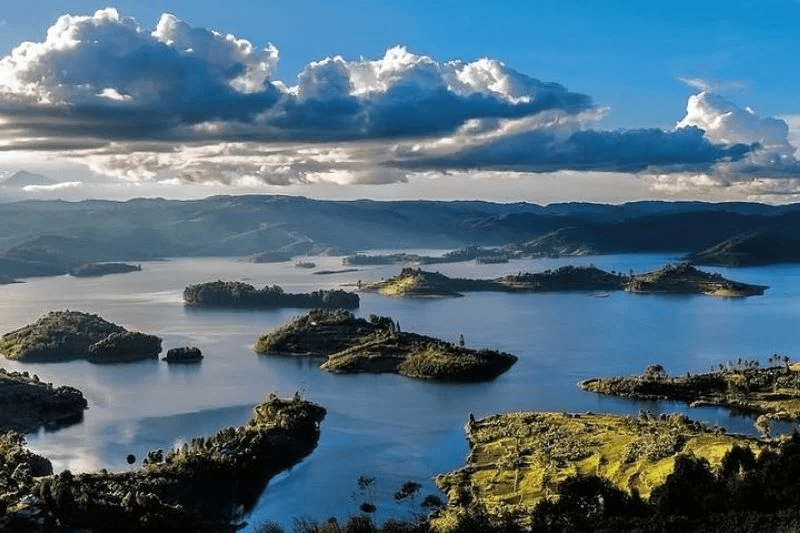Gorilla Trekking in Rwanda’s Volcanoes National Park: A Life-Changing Adventure
Rwanda, often known as the “Land of a Thousand Hills,” is a breathtaking country filled with stunning landscapes, rich biodiversity, and a vibrant culture. Among its many treasures lies the renowned Volcanoes National Park, a sanctuary for the endangered mountain gorillas. This park offers an extraordinary opportunity for adventurous travelers to engage in gorilla trekking, an experience that is both thrilling and deeply rewarding.
Why Choose Volcanoes National Park for Gorilla Trekking?
Volcanoes National Park, located in northwestern Rwanda, is one of the few places in the world where you can observe mountain gorillas in their natural habitat. Part of the larger Virunga Massif shared with Uganda and the Democratic Republic of Congo, it’s a premier destination for wildlife and conservation tourism.
1. Unique Biodiversity
The park is home to mountain gorillas, golden monkeys, and hundreds of bird species. Its lush montane forests and volcanic slopes support a rich ecosystem perfect for nature lovers and trekkers alike.
2. Conservation Success Story
Rwanda has made tremendous strides in gorilla conservation. Through responsible tourism and focused efforts, the mountain gorilla population has grown steadily. Visitors directly contribute to these initiatives, making every trek a step toward protecting this species.
3. Cultural Immersion
Surrounding communities offer authentic cultural experiences. From traditional dance performances to local crafts and village tours, travelers gain deeper insight into Rwandan heritage.
Preparing for Your Gorilla Trekking Adventure
1. Booking Your Permit
Permits are required and limited. It’s recommended to book months in advance via the Rwanda Development Board or authorized tour operators, especially during high seasons.
2. Best Time to Visit
The dry seasons—June to September and December to February—are ideal for trekking, offering more comfortable trails and better visibility.
3. What to Pack
- Sturdy hiking boots
- Long-sleeved shirts and pants for protection
- Waterproof jacket
- Binoculars and a zoom camera
- Reusable water bottle
- First-aid kit and personal medications
The Gorilla Trekking Experience
1. Orientation Briefing
The day begins at park headquarters with a detailed briefing on rules, safety protocols, and gorilla behavior to ensure a respectful visit.
2. The Trek
Guided by expert rangers, the trek through volcanic rainforest ranges from 30 minutes to several hours depending on gorilla location. Terrain can be steep, muddy, and challenging—yet deeply rewarding.
3. The Moment of Encounter
Spending an hour observing gorilla families in their habitat is an unforgettable experience. Witnessing their behavior, from nurturing infants to playful juveniles, is both humbling and awe-inspiring.
Post-Trek Activities and Community Engagement
1. Visit the Dian Fossey Gorilla Fund
Learn about Dian Fossey’s groundbreaking work in gorilla conservation. The center offers interactive exhibits and educational programs.
2. Engage with Local Communities
Participate in cultural tours, cooking classes, or handicraft workshops to support local economies and deepen your understanding of Rwandan life.
3. Explore Beyond the Park
Relax along Lake Kivu’s shores or take in Rwanda’s scenic hills, tea plantations, and rural countryside, all within driving distance of the park.
Conclusion: The Lasting Impact of Gorilla Trekking
Gorilla trekking in Rwanda is more than an adventure—it’s a profound experience that supports conservation and celebrates culture. Visitors leave with unforgettable memories and the satisfaction of contributing to a greater cause.
As you plan your trip to Rwanda, know that your presence helps preserve one of the world’s most incredible wildlife populations. Prepare well, respect the land and its people, and you’ll leave with more than just photographs—you’ll carry the spirit of the mountains with you.

